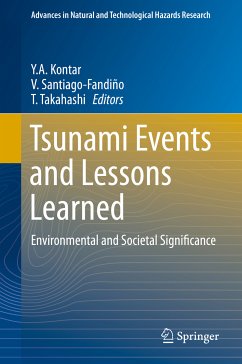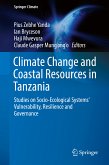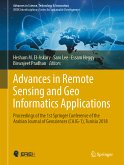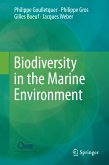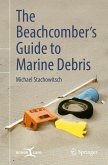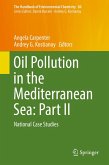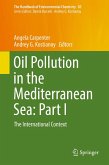This book is a collective effort by world experts, bringing together assorted contributions presented during the Ocean Science Session OS-017, of the AOGS-AGU Joint Assembly held in Singapore in 2012 (the Asia Tsunami and Great East Japan Earthquake and Tsunami events) and other conferences. The chapters cover assessment, evaluation, forecast, policy and lessons learned as well as environmental and societal impacts of the latest tsunamis that occurred in the Indian Ocean in 2004 and the Pacific Ocean in Japan 2011 as well as the Central Pacific Ocean in 2012.
The book is aimed at experts, scientists and decision makers as well as students seeking recent updated information, knowledge and experiences to better understand, quantify, forecast and protect coastal water resources, ecosystems, communities and human settlements which are often affected by tsunamis.
Dieser Download kann aus rechtlichen Gründen nur mit Rechnungsadresse in A, B, BG, CY, CZ, D, DK, EW, E, FIN, F, GR, HR, H, IRL, I, LT, L, LR, M, NL, PL, P, R, S, SLO, SK ausgeliefert werden.

